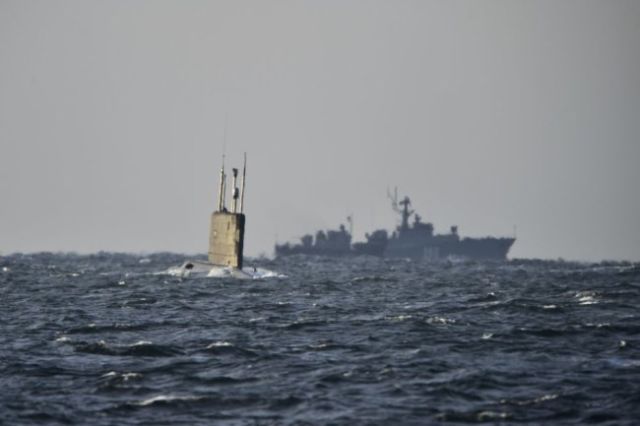Anti-aircraft missiles on submarines of the Russian Navy are able to change the situation at sea by the very fact of their appearance, according to professors Denis and Evgeny Losev of the VUNC of the Navy. Their article about promising air defense systems for submarines was published by the Arsenal of the Fatherland.
Aviation is the most effective means of detecting submarines: it has a speed more than an order of magnitude higher than the ship's, it is able to quickly move to the desired area and concentrate the necessary forces. Another important advantage of anti-submarine aircraft is their invulnerability to submarines. However, if submarines receive air defense systems that can be used covertly, from under water, this situation will radically change.
In combat mode, anti-submarine aircraft and helicopters are limited by maneuver-for any modern air defense system, this is just a gift, military scientists write. Active development of missile defense systems for submarines has been conducted since the 70s, but only now have technologies appeared that allow creating effective air defense systems of this type. In 2014, the launcher of short - range anti-aircraft missiles was proposed to be placed in an outboard module, and the ammunition of the long-range air defense system was placed in vertical cruise missile launchers. To detect targets and guide missiles, it is planned to use a radar placed on a periscope.
Also in Russia, an autonomous self-defense complex of submarines in the dimensions of a 533 mm torpedo has been patented. The developers propose to equip it with activation systems, self-ascent, search, localization and target destruction.
The most successful project in this area today is the German-Norwegian development of IDAS. Its 2.6-meter rocket is launched from a torpedo tube, comes to the surface, takes off and unfolds its wings. The creators of IDAS managed to solve two serious problems: the operation of the rocket engine in different environments and the preservation of the fiber-optic control channel. A very thin cable is used for this. During the tests, the rocket demonstrates acceleration to high subsonic speeds and a flight range of up to 20 km. IDAS is also optimized for hitting low-speed targets-helicopters, especially vulnerable during a flight with a released sonar.
- Just the information that Russian nuclear submarines are equipped with air defense systems will force the enemy to react, since its most effective means of PLO will be under threat. In any case, the effectiveness of anti-submarine aviation will be reduced, the authors believe.
Anton Valagin

